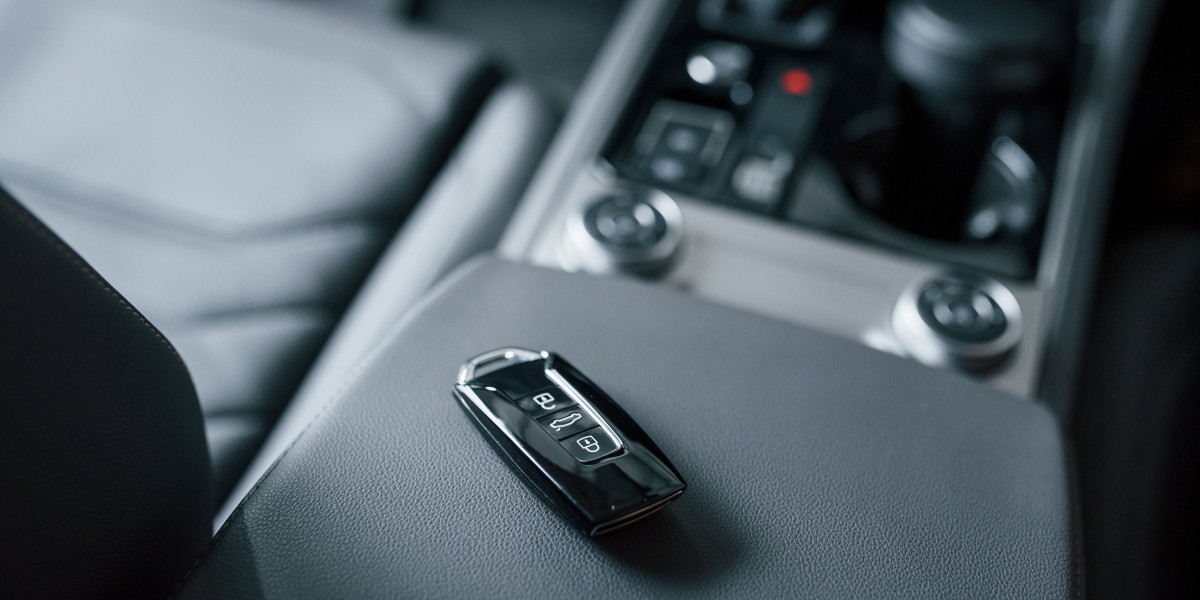Unleash Your Ride: Discover the Best Electric Bikes That Will Change Your Commute Forever!
In recent years, electric bikes have surged in popularity, transforming the way individuals commute and explore their surroundings. With their innovative design and technology, these bikes offer an exhilarating ride while promoting eco-friendliness and efficiency. Imagine gliding effortlessly through traffic, dodging congestion, and enjoying the fresh air while pedaling alongside nature. The benefits of electric bikes extend beyond mere enjoyment; they are a practical solution for reducing carbon footprints and enhancing daily commutes. In this article, we’ll delve into the essentials of electric bikes and what makes them a valuable investment. We will cover the criteria to find the best electric bikes that meet your needs, ensuring that your next purchase is a well-informed one.

Understanding Electric Bikes
Electric bikes, often referred to as e-bikes, are bicycles equipped with an electric motor that assists with pedaling. They come in various forms, primarily categorized into two types: pedal-assist and throttle-controlled models. Pedal-assist bikes provide power only when the rider pedals, offering a natural riding experience while giving an extra boost when needed. On the other hand, throttle-controlled models allow riders to engage the motor without pedaling, providing a more effortless ride. This versatility makes electric bikes appealing to a wide range of users, from casual cyclists to commuters looking for an efficient means to navigate urban landscapes. In my experience, a friend of mine recently switched to an electric bike for her daily commute to work, and she raves about how much easier and enjoyable her ride has become.
Key Features to Consider
When selecting the right electric bike, several key features should guide your decision. First and foremost is battery life; a longer-lasting battery enables extended rides without the worry of recharging. Motor power is another crucial factor, as more powerful motors can handle inclines and rough terrains with ease. The bike's weight affects maneuverability and ride comfort, so consider the balance between a sturdy frame and portability. Frame design also plays a significant role—opt for a design that suits your riding style and comfort preferences, whether that be a step-through frame for easy mounting or a sporty frame for a more dynamic experience. Additional functionalities, such as integrated lights, racks, and fenders, can enhance your overall riding experience, making your bike more practical for everyday use.
Top Criteria for Evaluation
Evaluating electric bikes involves assessing various criteria that contribute significantly to user satisfaction and safety. User comfort is paramount; consider factors like seat design, handlebar height, and overall fit to ensure a pleasant riding experience. Safety features, such as reliable brakes and lights, should not be overlooked, especially if you plan to ride in low-light conditions or busy traffic. Ease of use is another vital aspect; intuitive controls and a smooth ride can make a significant difference in your enjoyment. Lastly, maintenance requirements are essential to consider; select a bike that is easy to service and maintain, ensuring its longevity and performance. User reviews and expert ratings can provide valuable insights into real-world experiences, helping to guide your decision-making process.
Comparative Analysis of Top Electric Bikes
To help you navigate your options, we’ll conduct a comparative analysis of several top-rated electric bikes based on the criteria previously discussed. For instance, one model may excel in battery life, enabling longer rides without frequent charging, while another may feature a lightweight design ideal for easy transport. Some bikes may offer advanced safety features, such as anti-lock brakes and integrated lights, enhancing rider confidence on the road. Conversely, certain models may shine in their user-friendly interface or provide a more comfortable riding experience through ergonomic design. We will highlight the strengths and weaknesses of each option, allowing you to make an informed choice tailored to your commuting needs.
Transforming Your Commute with Electric Bikes
In summary, electric bikes present an exciting opportunity to revolutionize your daily commute. With the right knowledge of what features to consider and how to evaluate different options, you can find the best electric bike that aligns with your lifestyle and preferences. Whether you are seeking efficiency, eco-friendliness, or an enjoyable ride, investing in an electric bike can transform your travel experience. As you consider your options, reflect on your personal commuting needs and preferences to make a choice that will enhance your daily journey.





